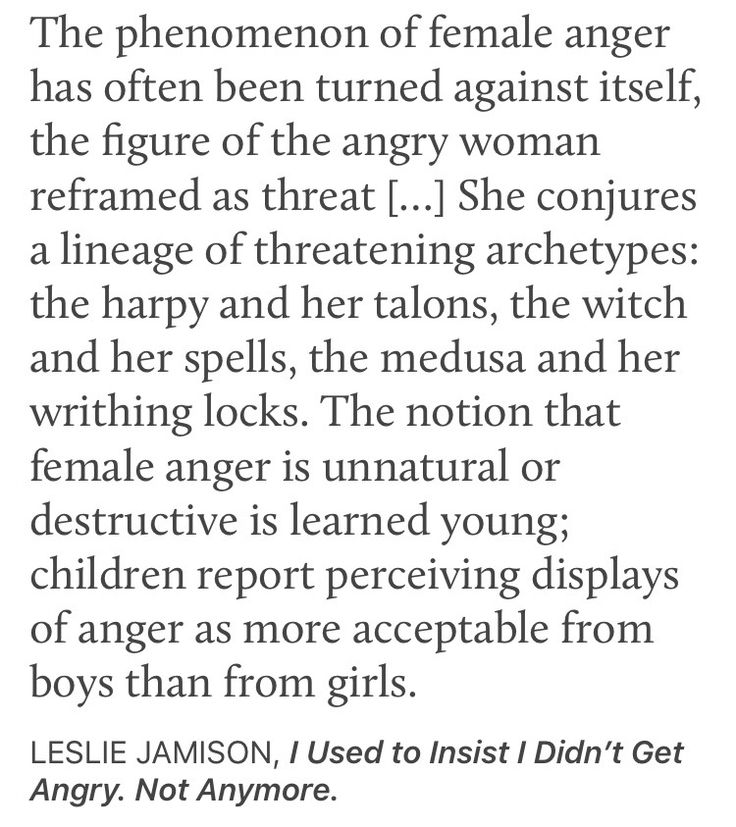
In order to dive deeper into my master thesis topic, it was vital to reconsider the focus of my topic and gain different perspectives. Therefore, I went back to the beginning and asked myself what the original purpose of my master thesis was. In the beginning I wanted to gain awareness on the topic of female portrayal in film and how rage is portrayed in these characters. I picked on the topic of rage because, for me, it is one of the strongest emotions. There are tons of ways to express fury. While I was watching films or series, I noticed that the way of the female portrayal of rage differs from the male experience. The anger inside of a woman is more than tears streaming down her face and falling to the floor.
There is change in the media when it comes to acknowledging the existing and portray of female rage. This change comes with the influence of platforms like tiktok, Instagram. The younger generation stumbles upon films like „Girl, Interrupted“ or „Promising Young Women“ and interpret it with the way they were raised. In a time where you can openly speak about smashing the patriarchy and „what they do to practise micro feminism every day“, these generations are rethinking the female way of living and expressing emotions.
It is vital for female empowerment to be able to express such strong feeling and not feel as too loud, crazy, bitchy or unattractive. Female rage demonstrates the world what happens when women are pushed to the brink, not able to express themselves due to growing up in the patriarchy conventions. The author Emma Wallace compares this phenomenon with the result of an ongoing regression. Regarding to her, anger does not exist in a vacuum – it’s the result of circumstances that need to be worked on. This statement ties to the essay of the feminist philosopher Amia Srinivasan that she published in 2018. In this essay Srinivasan states that anger is not counterproductive, it is a response to injustice. Those people who express their anger are told to tone down their emotions in order to have a more productive discussion. Example for that is the phrase that every woman experiences in their lifetime: “Calm down”. Srinivasan calls this phenomenon the affective injustice. Furthermore, Wallace writes about the imbalance within the expressions of anger. The most examples on female rage that are celebrated display a white woman. “The more intersectional a woman’s identity, the more threatening her anger becomes to oppressors”, so Wallace. Wallace believes that the main point of female rage is that the anger is there for a reason and it should be listened to not downplayed.
These articles and perspectives were the reason why I wanted to shift my focus. Back to where the phenomenon of female rage comes from and it’s evolution, representation in film and media, and its influence on Gen Z (or more the influence of Gen Z on female Rage 🙂 ).
Sources: https://theconcordian.com/2024/03/whats-this-about-female-rage/